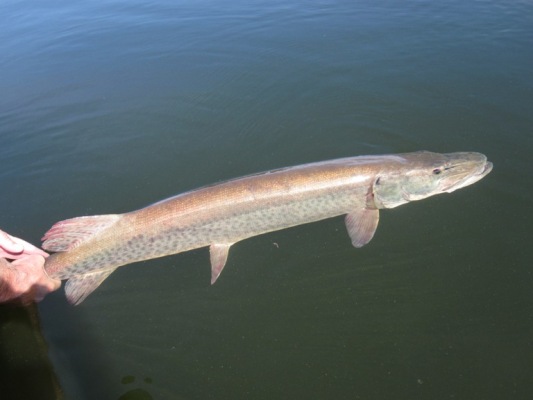|
|
Posts: 5193
| i am messing around with some bait ideas having trouble making wood float after it is drilled.Bill | |
| | |

Posts: 8835
| Uhh
If it doesn't float it's not really a topwater lure is it?
Just sayin' 
If they float before they're drilled and not afterwards they must be soaking up water, or perhaps the hardware is just weighting it down too much.
| |
| | |
Posts: 239
Location: Madison, WI | Try the basement bait forum. Those guys will point you in the right direction.
I would look at the type of wood. I use red wood on my top h2o baits and it works well. Lighter, softer wood with great buoyancy. Sealing the lure proper can be critical (epoxy works well for me).
The hardware can make a huge difference right down to the hook size.
Continue to experiment until you find the right combination of wood, components, lure size, etc…..
| |
| | |

Location: Somewhere on the water!!!!!!!! | Bill,
All you need to make a lure float is a............LIFE JACKET!!!!!!!!!!!!!!! 
SORRY, COULD'NT RESIST
| |
| | |
| If your bait floats high before you drill it out, you're probably on the right track as far as wood type goes. Drilling would only make the bait lighter, so if it were properly sealed, it should float as well or better. If you're spraying your sealer coat (as opposed to dipping), be sure to go back and seal the drilled out holes by applying your sealer to a small diposable craft or rodbuilding brush, and coating the holes well. A good sealer coat is key; not only to prevent water penetration, but for proper primer/paint adhesion. Water will find the smallest bit of un-sealed wood. And the softer woods used in topwaters will wick, causing the wood to swell, and the paint to split (re:Reef Hawgs). Everyone loves a slick paint job, but in any painting situation, PREPARATION is the key. | |
| |
|
 Tips on making topwater lures float?
Tips on making topwater lures float? Tips on making topwater lures float?
Tips on making topwater lures float?